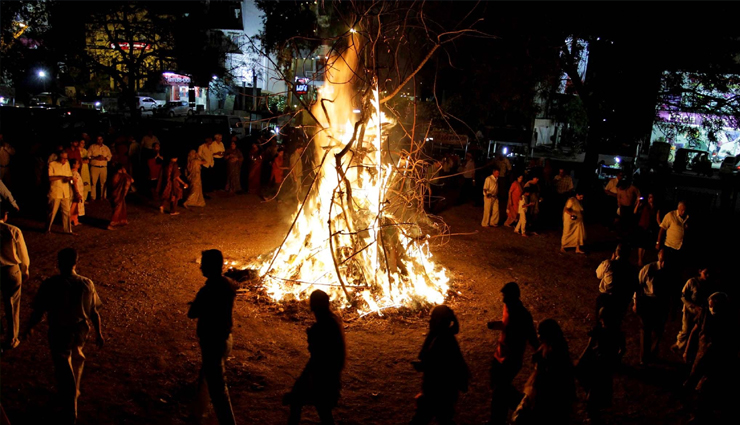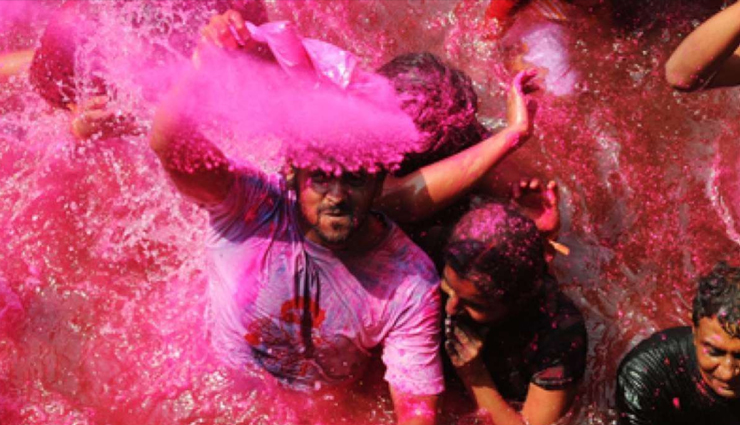Celebrations And Rituals Of Holi Being Celebrated In Maharashtra
By: Priyanka Maheshwari Sat, 27 Mar 2021 2:02:13

One of the most important festivals of Maharashtra, Holi, popularly known as the ‘festival of colors’ is celebrated on full moon day in the Hindu calendar month of Phalgun which corresponds to the month of March according to the Gregorian calendar.
The celebration of Holi is not confined only to the northern parts of India. The festival is celebrated with equal enthusiasm and vigor in the western side of the country as well. People in Maharashtra have their own unique style of celebrating Holi.
Most people in Maharashtra know this festival by the name of Shimga or Rangpanchami. Unlike the northern states, it is celebrated after five days of Phalgun Purnima. Even the fisher folk of the state participate in the joyous celebration of the occasion. They actively engage in the singing, dancing and the playing with colors just as much as others.

Typically, it lasts for five to seven days; the play of colors happens on the fifth day and is called Rangpanchami. A week before the festival, children and youngsters go around the neighbourhood collecting firewood and some money. On the evening of Shimga, a bonfire is made and an effigy of Ogress Holika is set ablaze symbolizing the victory of good over evil. This day is also called Holika Dahan or Chhota Holi. Many a times, a priest is summoned who recites mantras from the Rig Veda. A coconut or Puran Poli is thrown into the fire as a special offering. A strange sound is made by striking the mouth with the back of the hand while the fire is burning. Some people even smear the ashes from the fire on the following day as it signifies purification of the body.
Each household carries some food or sweets to offer to the fire god. Shimga celebrates the end of all ills and evils, the burning of the bad feelings and wickedness in a person. People are expected to give up all rivalries and falsehood and create healthy relations with people around them.

On the day of Rangpanchami or Dhuleti, children and young adults both get together with their water balloons, colors and pichkaris (toy guns in which colorful water is filled). People are known to drench themselves completely in water and color each others’ faces and clothes.
One of the main attractions of the festival is the sport of pot breaking. The sport has its roots since the times of Lord Krishna. A group of young men form a huge human pyramid and try to break a pot which contains butter or buttermilk and money hung several feet high on the street. The women folk in turn keep splashing water on them in an attempt to restrict their access.
One special delicacy that is prepared during the festival is the mouth-watering Puran Poli. Children sing out slogans of Holi re Holi, Puranachi Poli which means Holi o Holi, sweet-stuffed bread. Apart from Puran Poli, people also drink sugarcane juice and eat hearty quantities of watermelons.
Bhaang is a special drink prepared and served on the occasion. With main ingredients like milk and leaves of the cannabis plant, a special flavor is added to it with cardamom, cloves, nutmeg and some rosewater. The strong flavor and essence is known to give a feeling of ‘high’ when drunk in excess quantities.





